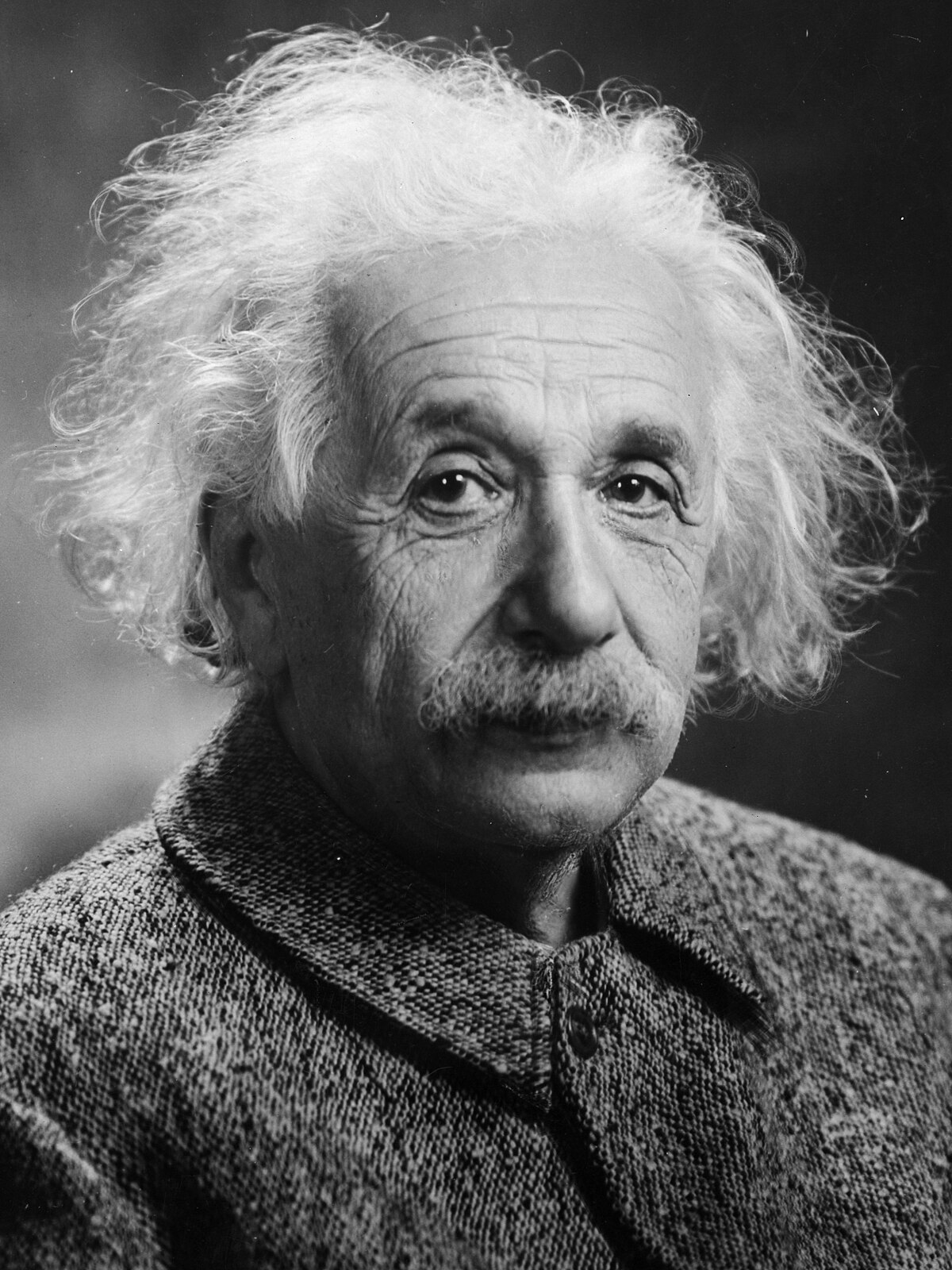Albert Einstein, an iconic figure in the realm of physics, revolutionized our understanding of time, space, and energy. His theories, particularly the theory of relativity, have pervaded not just the scientific community but have also seeped into popular culture, where his intellect is often glorified. In recent years, a novel approach has emerged for disseminating the profound impact of Einstein’s work: the phenomenon of “Einstein on CD.” This compilation amalgamates various audio presentations, lectures, and discussions, encapsulating the sound of scientific genius. In this article, an extensive examination of the contents available on these CDs will be undertaken, delving into the types of narratives and insights that readers and listeners can expect.
The first section of the CD collection typically encompasses Einstein’s seminal lectures. These discourses, delivered in various environments—be it academic conferences or public forums—offer valuable insights into the thought processes of one of the most brilliant minds in history. Engaging with these auditory recordings allows listeners to understand the evolution of Einstein’s theories. The tone of these presentations varies; sometimes exuberant, sometimes somber, reflecting the gravity of the topics at hand—such as the implications of the theory of general relativity or the consequences of quantum mechanics.
Moreover, the CDs frequently delve into Einstein’s collaborations with contemporaries. During the early 20th century, Einstein intersected paths with numerous illustrious scientists whose contributions shaped modern physics. Narrations of these relationships, for instance, with colleagues such as Niels Bohr and Max Planck, provide an enriching context to Einstein’s work. The dynamics of scientific discourse are laid bare, showcasing not just Einstein’s brilliance but also the collaborative nature of scientific inquiry. Listeners gain an appreciation for the indebtedness of scientific progress to collective efforts, rather than individual proclivities alone.
The thematic range of the contents also expands to encompass Einstein’s philosophical musings. The CDs often contain discussions that transcend mere scientific analysis. His reflections on the nature of reality, ethics in science, and the relationship between science and religion are pivotal. For instance, listeners may encounter Einstein’s debate on determinism and free will. Such discussions unfold layers of complexity not frequently addressed in rigorous scientific literature, yet they are crucial for understanding the ethos that underpinned Einstein’s work. This interplay between science and philosophy illustrates the profound questions that continue to resonate within the scientific community today.
Another noteworthy aspect of the CDs is the inclusion of interviews conducted with Einstein over the course of his lifetime. These conversational formats not only humanize the physicist but also encapsulate his views on contemporary global dilemmas, such as the implications of nuclear physics and the pursuit of peace. The culmination of these interviews reflects the weight of responsibility felt by scientists, particularly during tumultuous periods like World War II. Listeners can expect to glean how Einstein’s scientific endeavors were intertwined with his deep-seated humanitarian beliefs, offering a multi-dimensional portrait of a man who profoundly cared for the world.
In addition to interviews, the CDs might feature dramatizations of pivotal moments in Einstein’s life. Such representations offer a narrative flair, melding elements of historical biography with theatrical interpretations. For instance, listening to a dramatization of the day Einstein received the Nobel Prize in Physics could evoke a rich tapestry of emotions and contexts surrounding that momentous occasion. This storytelling approach bridges the gap between intellectualism and accessibility, allowing broader audiences to engage with Einstein’s legacy afresh.
The auditory stimuli of the CDs generally feature a diverse range of music interspersed with spoken content, further enriching the experience. The selection of classical compositions, reflective of the era and Einstein’s personal preferences, complements the scientific discussions. This synthesis of sound and intellect serves not merely as a backdrop; it creates a nuanced atmosphere conducive to contemplation and reflection. The cadence of the spoken words, alongside carefully curated musical interludes, heightens the listener’s engagement, evoking an emotional resonance with the material presented.
Moreover, these CDs often serve as a contemporary extension of educational practices. Utilized by educators and institutions, the recordings become valuable tools in classroom settings. They afford students an opportunity to transcend standard educational paradigms and engage in a dialogue with Einstein himself. Such integration of technology into pedagogy revitalizes the learning process. As students listen to detailed expositions of complex theories, they are simultaneously contextualizing them within historical and philosophical frameworks.
In conclusion, the encapsulation of Einstein’s work through the medium of CDs is a multi-faceted endeavor that encapsulates more than just scientific discourse. Through a myriad of lectures, interviews, and dramatizations, listeners encounter a comprehensive portrayal of Einstein not just as a physicist but as a philosopher, humanitarian, and a man deeply fascinated by the enigmas of existence. By engaging with this diverse assemblage of content, audiences gain deeper insight into the multifarious nature of genius. The soundscape of “Einstein on CD” ultimately resonates as a testament to the intersection of sound and intellect—an aural experience designed to inspire future generations in their quest for knowledge and understanding. Such a synthesis is not merely an academic exercise; it is a celebration of the enduring legacy of one of the most profound thinkers in human history.












